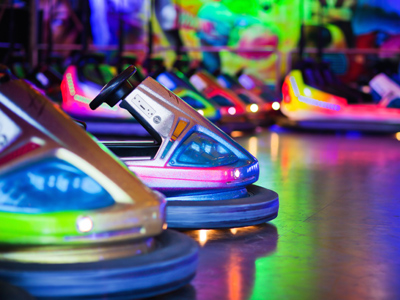

Rates of Reaction 2
Many factors can increase or decrease rates of chemical reactions - pressure of gases, temperature, surface area of solids, concentration and if there is a catalyst. Anything that will change the probability of particles colliding or change the energy of the collisions will affect the rate of a reaction. This is the second of three GCSE Chemistry quizzes looking at these factors.
Rates of reaction measure the speed at which the reactants change into the products during a chemical reaction. Manufacturers rely on producing large amounts of product quickly, in order for their process to be economically viable. There are a number of factors that need to be taken into consideration and often compromises need to be made. An example of one of these compromises is the temperature - lower temperatures decrease the rate of reaction and higher ones increase it.. If a manufacturer increases the temperature of a chemical reaction, more product will be made in a shorter time but the energy costs will be higher. This energy needs to be generated somehow, if it comes from burning a fuel, it also means more pollutants will be sent into the air. A good understanding of how reactions can be speeded up or controlled is vital to ensure that the best compromises are reached.
It is better for the environment because there is less fuel being burnt and so less carbon dioxide being emitted
It is better for the environment because the catalyst does not harm the environment
It is better for the environment because there are more toxic gases being released
It is better for the environment because there are fewer toxic emissions
Ready for more?
not all...
quizzers. Try to win a coveted spot on our Hall of Fame Page.






